The Maryland Zoo in Baltimore is welcoming its newest babies, a male lesser kudu calf born on Saturday, June 18th and a male sitatunga calf born on Saturday, June 25th.
The kudu calf (at bottom) was born to six-year-old Lemon and sired by five-year-old Ritter. He currently weighs almost 19 pounds and has been named Jalopy. The sitatunga calf, named Chopper, weighed 13.1 pounds at his first health check (shown above). Her mother is six-year-old Lela and the calf was sired by eight-year-old Lou.
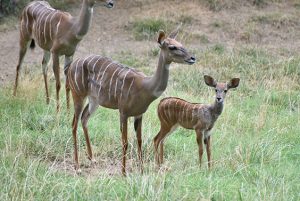
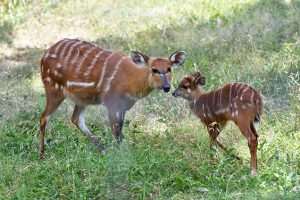
“The calves are being well cared for by their mothers inside their barns,” noted Margaret Inness, assistant general curator at the Zoo. “We like to give them time and space to bond during their early days and keep them as relaxed as possible for the health and wellbeing of all.” Both calves now have limited access to the outdoor areas for a few weeks as they become acclimated to the yards and zoo visitors.
The lesser kudu calf had a few complications at birth including a heart murmur discovered by veterinarians during his first health check. “This little guy had a bit of a rough start, but he’s nursing well and gaining weight as he should,” continued Innes. “Lemon is taking great care of him and we are pleased with his progress so far.” Jalopy is the second lesser kudu to be born at the Zoo since Kaiser was born in December 2015.
Lesser kudu (Tragelaphus imberbis australis) are one of eight species of African spiral-horned antelope. Male lesser kudu horns can grow to be 72 inches long, with 2½ twists. In the wild they live in dry, densely thicketed scrub and woodlands of northern east Africa. Interestingly, they rarely drink water, apparently getting enough liquid from the plants that they eat. At the Zoo, the lesser kudu herd of five can be found in the African Watering Hole exhibit along with addra gazelle and saddle-billed storks.
The sitatunga (Tragelaphus spekii) is a species of antelope native to Central Africa. They live in semi-aquatic swamps, marshes and flood plains. Outside of protected areas, sitatunga are vulnerable to over-hunting and habitat loss, as people drain and develop swamp land. Currently, however, sitatunga are not classified as threatened or endangered. The Maryland Zoo’s sitatunga herd is made up of ten animals, including the new calf, and can be found in two exhibit spaces along the boardwalk in the African Journey section of the Zoo.
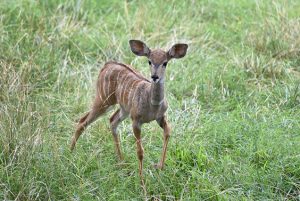
Both of the calves’ births are the result of a recommendation from the Species Survival Plan (SSP) for each species, coordinated by the Association of Zoos and Aquariums (AZA). SSPs provide breeding recommendations to maximize genetic diversity, with the goal of ensuring health of the individual animal, as well as the long-term survival of the species population to help save animals from extinction.

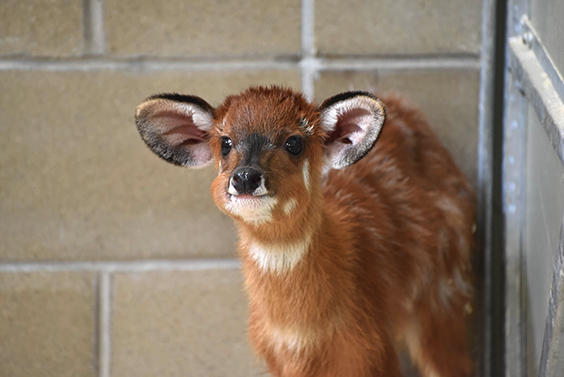
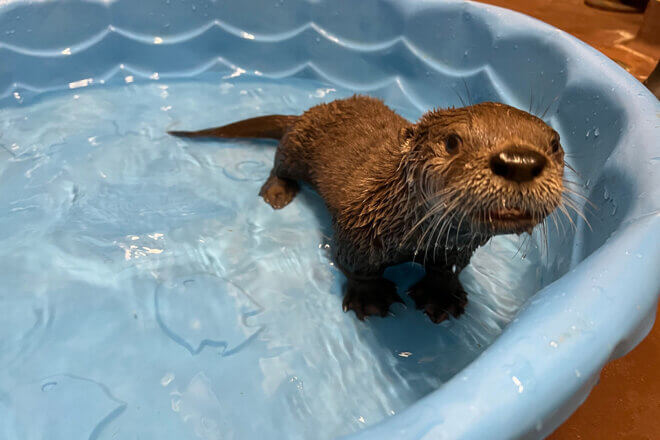
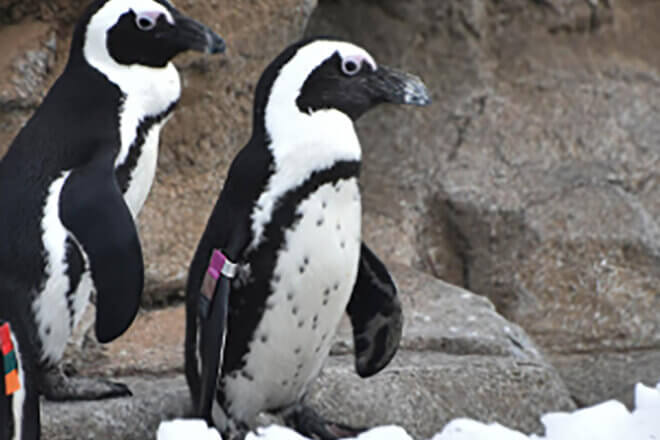
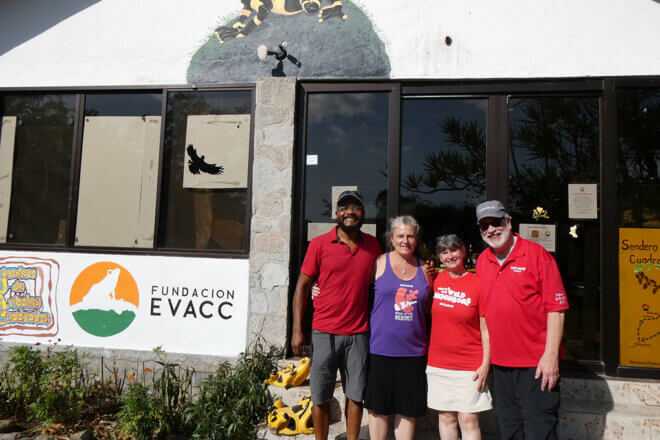

Share this article